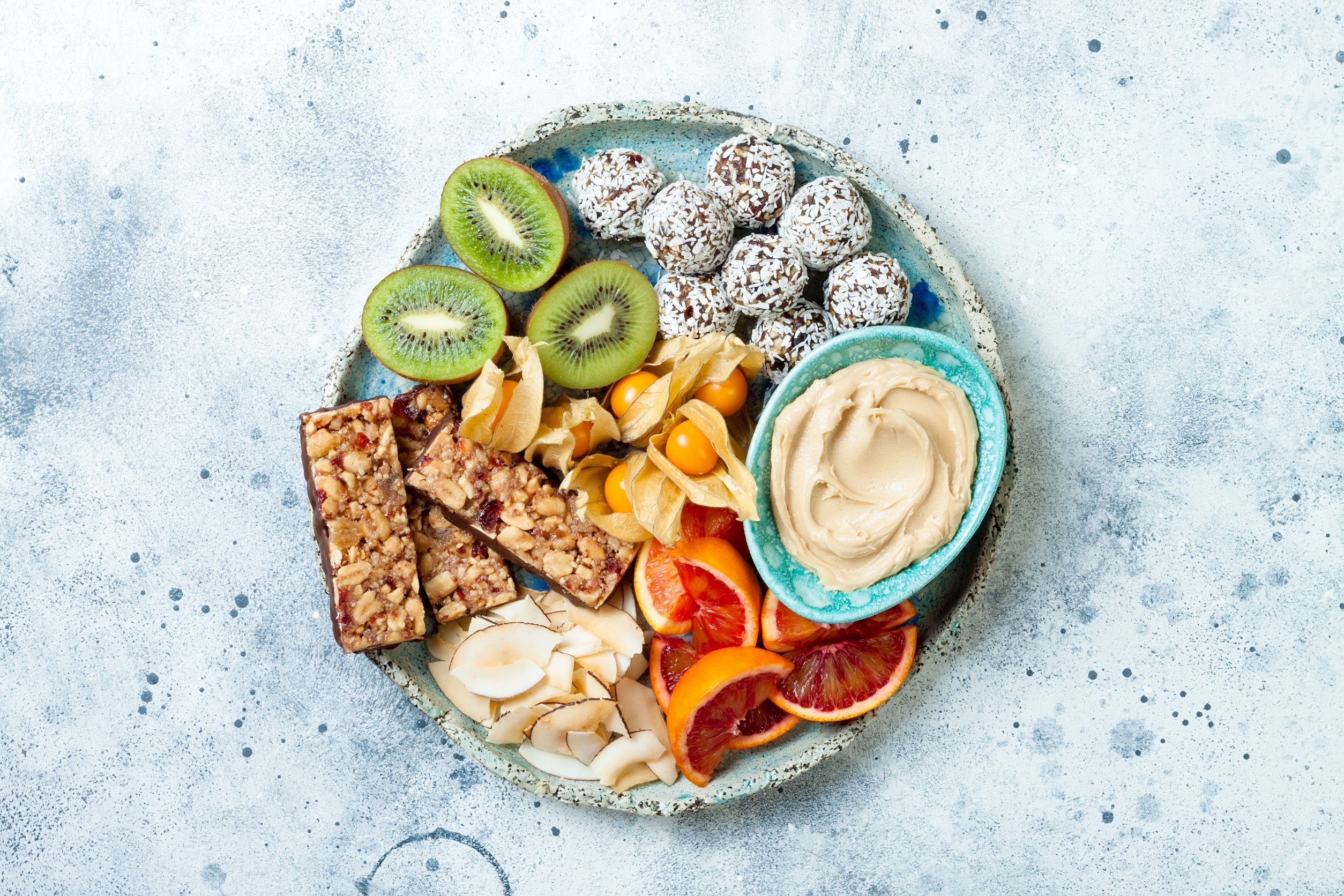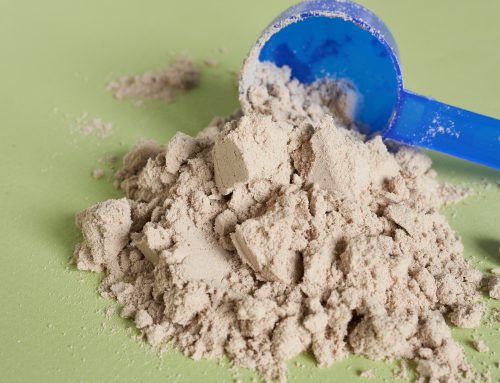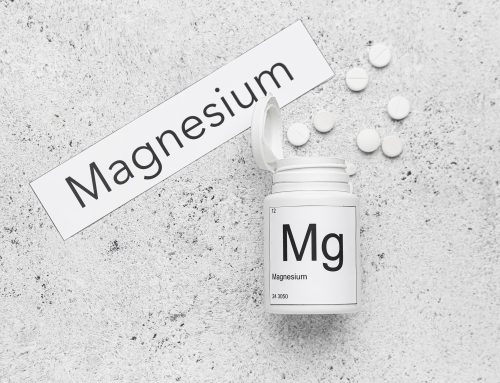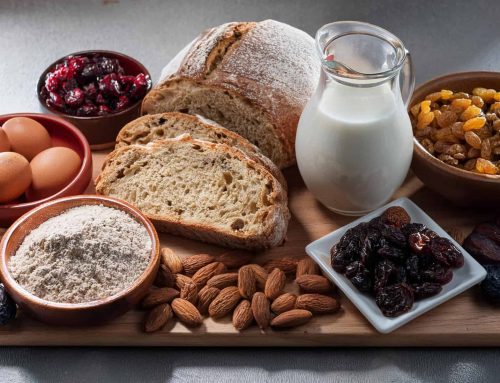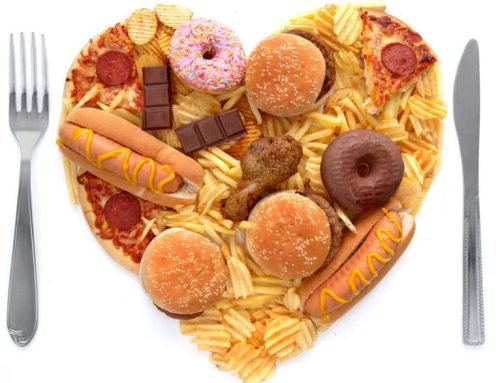Is snacking bad? I’d say it depends on what you are snacking on and also on portion control. I find that many clients who are trying to lose weight scrimp on meals, which leads them to feel a little hungry and then reach for snacks.
While not all snacking is bad, a recent study emphasizes its pervasiveness.
How Much Do We Snack?
• A new study found that snacks pack more calories than a single meal for many US adults.
• Nearly a quarter of the calories U.S. adults consume comes from snacks, according to a new study published in PLOS Global Public Health.
• Americans consume an average of 400 to 500 calories in snacks every day, which generally are lacking in protein, vitamins and minerals, the study found. That’s more than the average breakfast — which is 300 to 400 calories.
• Snacks also comprise about one-third of daily added sugar consumed by most adults.
Snacking Study
• Researchers from The Ohio State University (OSU) analyzed data from the National Health and Nutrition Examination Survey, which gathered information about the eating habits of 23,708 adults over 30 years of age between 2005 and 2016.
• “With a usual focus on what people consume at meals, snacks are a ubiquitous and stealth contributor to overall intakes,” senior study author Christopher Taylor, professor of medical dietetics in the School of Health and Rehabilitation Sciences at OSU. That is largely because snacks are more spontaneous, according to the researcher.
• “Snack choices aren’t usually planned the same way we plan what we eat for meals,” said Taylor.
• Overall, snacks made up 19.5% to 22.4% of adults’ total calorie consumption.
What are We Snacking On?
• The most common snacks were convenience foods high in fats and carbohydrates — followed by sweets, alcoholic or sugary beverages, protein, milk and dairy, and fruits and grains. Vegetables were by far the smallest portion of snacks.
• Fruits and vegetables only made up about 5% of the total snacking calories.
• “It’s easy to treat a snack like it doesn’t count, but it’s important to treat it like a mini-meal.”
Based on their blood glucose levels, the respondents were categorized into four groups: non-diabetes, prediabetes, controlled diabetes and poorly controlled diabetes.
The adults with type 2 diabetes who were working to control the disease reported eating fewer sugary foods and snacking less overall compared to those who did not have diabetes or were prediabetic.
“Those with diabetes had lower proportional intakes in added sugars, which is a recurring theme in diabetes education,” said Taylor.
Is Snacking Bad?
But not all snacking is bad, experts agree.
Erin Palinski-Wade, a New Jersey-based dietitian with a focus on diabetes and nutrition, who was not involved in the study, said that snacking between meals can be a great way to stabilize energy and blood sugar levels while preventing excessive hunger and cravings.
Choosing the wrong snack, however, can have a negative effect. “The focus of snacking should be on optimizing nutrition and providing appetite regulation between meals.”
While people often put more thought and planning into what they eat for meals, the study highlights that all food choices throughout the day add up to create a total picture.
“It’s easy to treat a snack like it doesn’t count, but it’s important to treat it like a mini-meal,” said Freirich.
When choosing a snack, the dietitian recommends people pick any combination of three macronutrients: healthy fats, carbohydrates and protein.
“Instead of just eating a piece of fruit, enjoy fruit and nuts — or instead of just chips, enjoy tortilla chips and guacamole as a snack,” she suggested.
“Your snacks can be all the difference between feeling energetic and focused between meals or consuming empty calories that lead to a blood sugar rush and crash.”
Another general rule of thumb when snacking is to aim for as many unprocessed components as possible, Freirich advised. “For example, a fresh vegetable (sliced cucumbers, baby carrots) is much better than veggie chips.”
“Choosing unprocessed foods (fresh fruits, vegetables, nuts, seeds, whole grain crackers or breads) in place of more processed foods (chips, cookies, candy, sodas) is a great way to increase the nutritional value of your meals and snacks,” she added.
Some examples of healthy snacks, according to Palinski-Wade, include whole fruits or vegetables, no-sugar-added dried fruits, nuts, seeds, hard-boiled eggs, whole grains, cottage cheese and air-popped popcorn.
Portion size is also important when snacking.
“I recommend taking the food out of the container and serving yourself on a plate,” said Freirich. “This is a great way to be mindful about your portion instead of just eating mindlessly.”
“Your snacks can be all the difference between feeling energetic and focused between meals or consuming empty calories that lead to a blood sugar rush and crash,” she added.
Study author Taylor also stressed the importance of making “more insightful choices” at snack time. Rather than focusing on “don’t eat this, eat that,” he recommended focusing on a well-balanced day across all eating occasions.
Click here to read more on is snacking bad.

